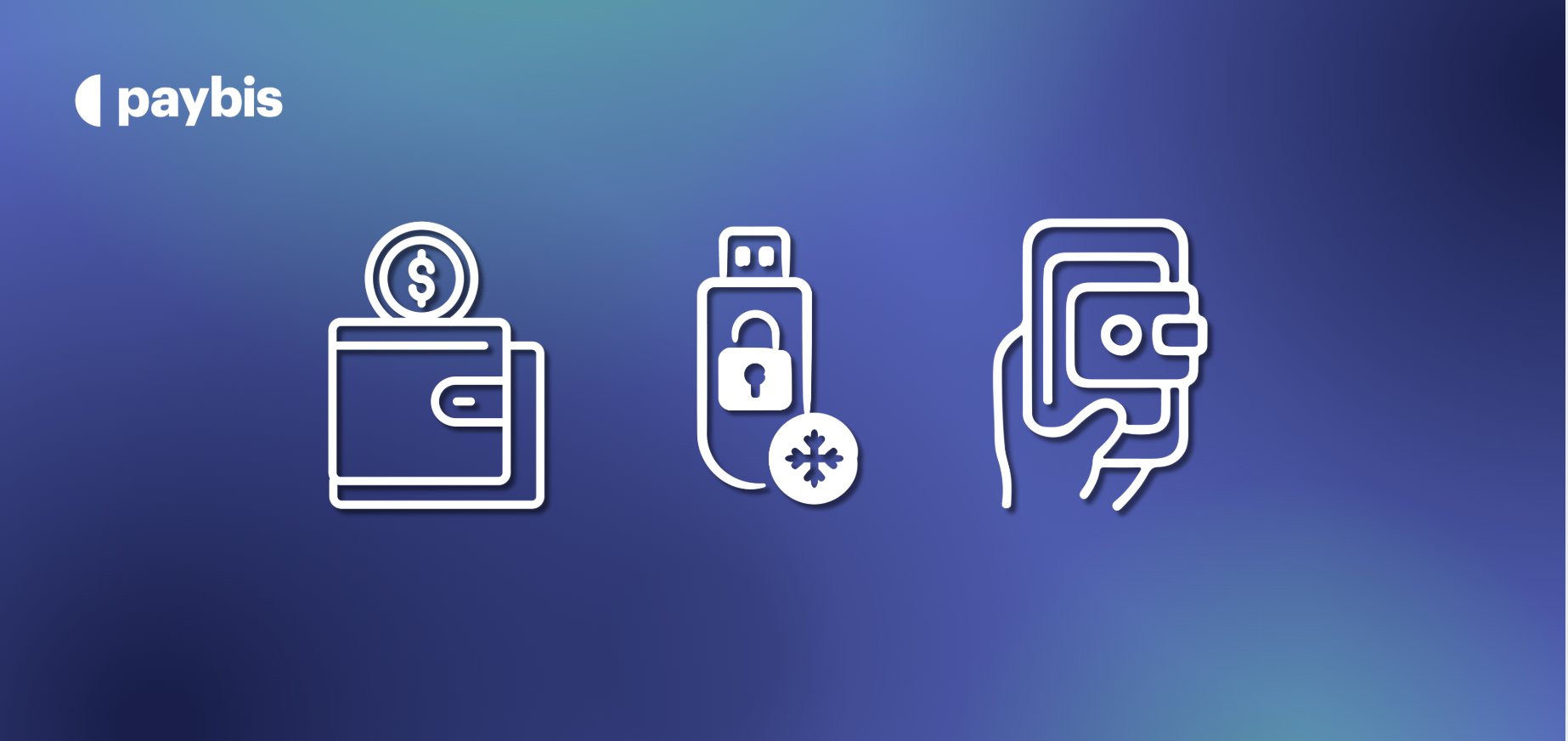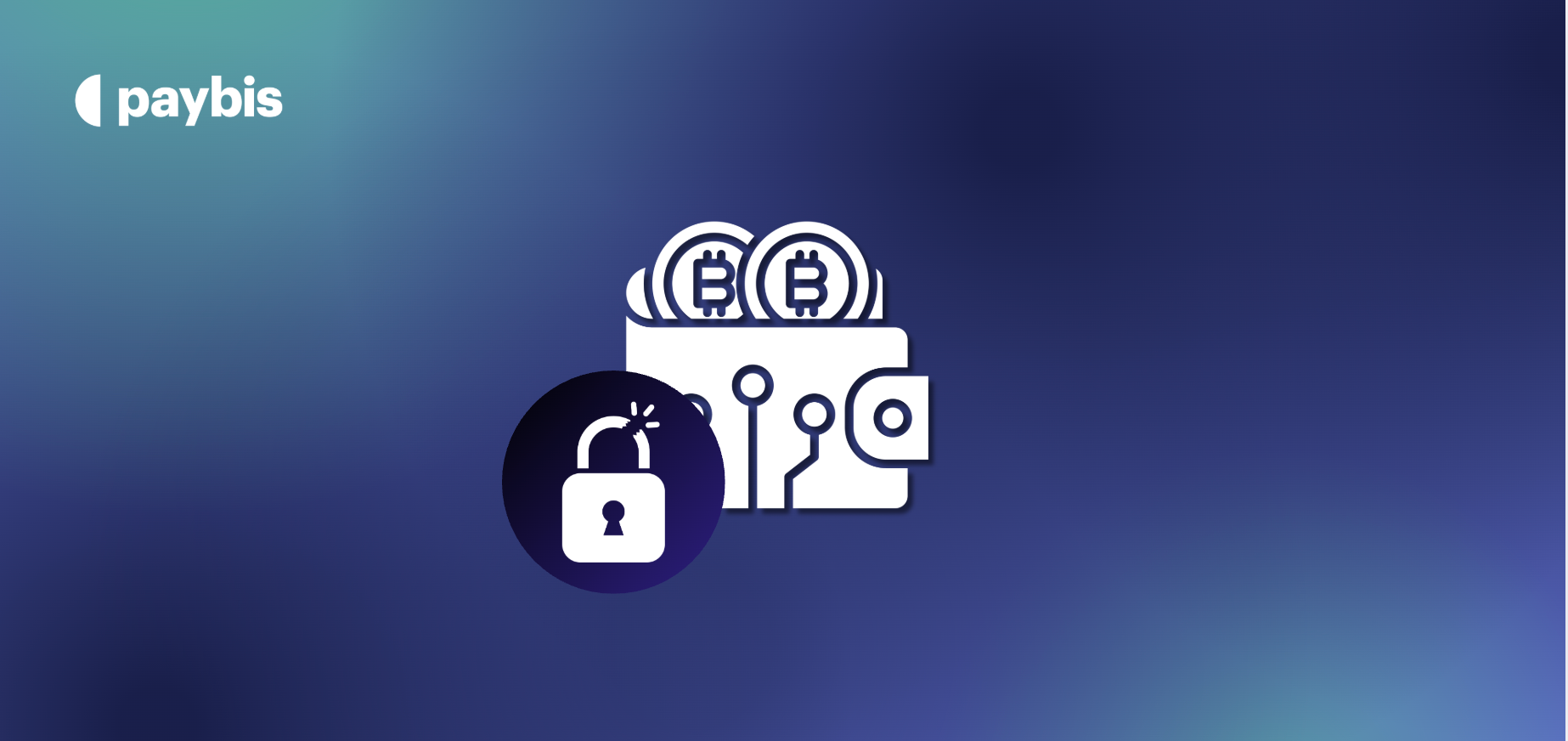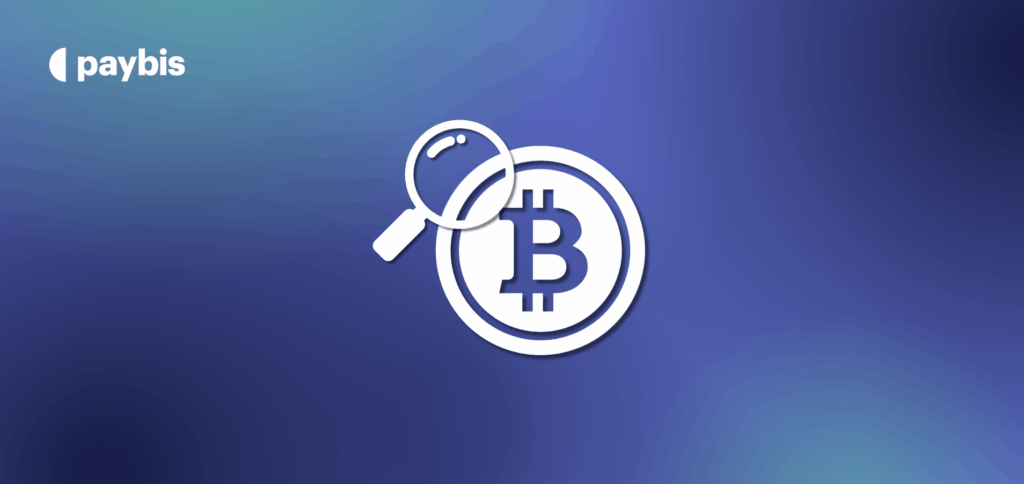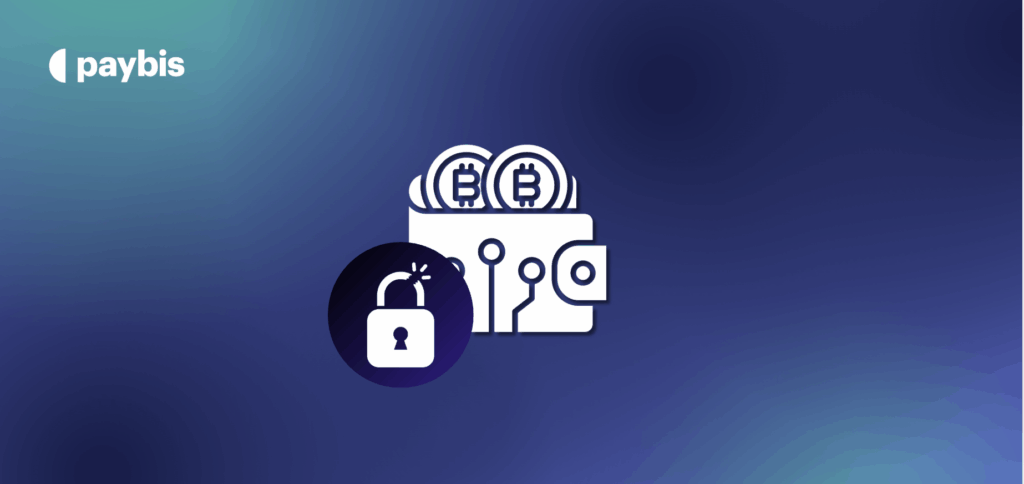Crypto Wallet Hacks Explained: How to Protect Your Digital Assets
Cryptocurrency wallets are designed to keep your digital assets safe but they’re not completely immune to attacks. From phishing scams to malware and fake wallet apps, hackers constantly find new ways to exploit user mistakes and software vulnerabilities.
In this article, we’ll explore how crypto wallets can be hacked, the most common security risks to watch out for, and go over proper security measures to keep your crypto assets secure.
Key Takeaways
- Act immediately if hacked: Disconnect from the internet, freeze wallet activity, transfer remaining funds to a new wallet, and document everything for authorities within minutes of discovery.
- Cold storage significantly reduces risk: Hardware wallets and offline storage methods provide superior protection compared to internet-connected hot wallets that face constant vulnerability.
- Never store private keys online: Keep seed phrases in multiple offline locations using tamper-evident storage, and disable auto-receive features in messaging apps to prevent zero-click exploits.
- Choose reputable platforms with robust security: Use established wallet providers that implement multi-signature authentication, regular security audits, and proven track records of protecting user assets.
Table of contents
How Crypto Wallet Hacks Happen
Crypto wallets are vulnerable to many crypto malware attack vectors that go beyond simple password cracking. Learning about these methods will help protect you against potential threats.
Phishing and Social Engineering Tactics
Social engineering attacks top the list of threats and caused over $340 million in losses during the first half of 2025 alone. These attacks target human psychology rather than technical weaknesses. The Lazarus Group pulled off one of the biggest heists in history against Bybit in February 2025.
They stole approximately $1.50 billion worth of Ethereum. The group first targeted a developer through social engineering and convinced them to run malicious code. This gave them access to critical systems for almost 20 days.
Typical phishing methods include:
- Fake emails or messages that steal credentials
- People pretending to be support staff or the core team
- Fake websites that look like real exchanges
- Pressure tactics that make you act fast
Zero-Click Exploits in Messaging Apps
Zero-click vulnerabilities are more dangerous because they don’t need any user action. Apple rushed out a security update in 2025 to fix a critical flaw in its Image I/O framework.
Attackers could take over devices by sending a malicious image through iMessage that would process automatically. This created a serious risk for cryptocurrency holders since attackers could access wallet data without leaving any traces.
Malicious Browser Extensions and Apps
Browser extensions that look like real wallet tools pose a major threat. Security experts found over 40 malicious Firefox extensions built to steal cryptocurrency wallet secrets. These extensions copied trusted platforms like Coinbase, MetaMask, and Trust Wallet. They boosted their ratings with fake reviews to look legitimate.
Supply Chain Tampering in Hardware Wallets
A huge supply chain attack in September 2025 infected popular JavaScript packages that had over 1 billion downloads. The malicious code quietly changed wallet addresses during transactions and sent funds to attackers. On top of that, some fake hardware devices come with pre-installed malware that can steal device information and cryptocurrency.
Different Types of Crypto Wallets Explained
The right wallet type can minimize your security risks. Each option gives you different levels of control, convenience, and protection from potential hacks.
Hot Wallets: Mobile and Web-Based
Hot wallets stay connected to the internet and make frequent transactions easy. These wallets create and store your private keys online, which makes them vulnerable to security risks. Mobile wallets work as smartphone apps that let you scan QR codes for quick transfers.
Web wallets run through browsers or extensions like MetaMask (Ethereum-focused) and Phantom (Solana-based). Desktop wallets run as standalone apps on your computer instead of browsers and are a bit more secure than web-based options.
Cold Wallets: Hardware, Paper, and Air-Gapped
Cold wallets keep private keys completely offline to substantially reduce hacking risks. Hardware wallets like Ledger and Trezor look like USB drives and cost $50-$200. They store keys safely on isolated chips.
Air-gapped wallets take security up a notch by staying disconnected from networks. They use QR codes or microSD cards to move unsigned transactions between online and offline devices. Paper wallets are printed documents with public and private keys.
They were popular once, but security experts now discourage their use because they can get damaged easily.
Custodial Wallets: Exchange-Managed
In custodial wallets, a third party like Paybis controls your private keys, just like banks handle traditional accounts. These wallets come with helpful features like password recovery and an accessible interface that new users love.
Most custodial services use reliable security measures like multi-signature authentication and cold storage to protect customer funds. But you give up direct control over your assets – that’s why crypto users say not your keys, not your coins.
Non-Custodial Wallets: User-Controlled Keys
Non-custodial wallets let you have full control over your private keys, which aligns with crypto’s core principles. These wallets never share keys with others, so they’re safe from exchange hacks or bankruptcies.
This freedom comes with big responsibilities, though. If you lose your recovery phrase, your assets are gone forever with no way to get them back. Paybis offers secure non-custodial wallet options that give you both security and self-sovereignty.
The biggest difference between a custodial and a non-custodial wallet is who controls the private keys – with custodial wallets, a third party holds them on your behalf, while with non-custodial wallets, you retain full control and responsibility for your own keys and funds.

What to Do If Your Crypto Wallet Is Hacked
Hackers and malicious software are constantly trying to gain unauthorized access and bypass even the most advanced security measures. While it’s true that online security has improved and more users are aware of the best practices, hacks can still happen.
Here’s a brief rundown of what you should do if you suspect your crypto wallet is compromised:
- Freeze wallet activity immediately: Disconnect your device from the internet and lock your wallet. If it’s linked to an exchange, freeze withdrawals immediately. For browser wallets like MetaMask, remove the extension and revoke dApp permissions using a token approval checker.
- Transfer remaining funds to a new wallet: Create a new wallet with fresh security credentials. Never reuse your old recovery phrase or passwords – they’re permanently compromised. Transfer your remaining assets to the new wallet, testing first with a small amount.
- Run malware and virus scans on all devices: Use reputable anti-virus software to scan all devices you used to access your wallet. Watch out for keyloggers, malware, or suspicious apps that might have caused the breach. Your operating system and all apps should stay updated to fix potential vulnerabilities.
- Report the hack to crypto exchanges and authorities: Reach out to your wallet provider or exchange with all details, including wallet addresses, transaction IDs, and timestamps. Submit reports to cybercrime units like the FBI’s IC3 and include transaction hashes and cryptocurrency addresses.
- Document all transactions and communications: Keep detailed records of everything. Screenshot unauthorized transactions, save wallet logs, and create a timeline of events. Write down all wallet addresses involved, especially where the stolen funds went. These records will help with investigations, legal actions, and tracking efforts.
How to Secure Your Wallet Against Future Attacks
Protecting your crypto wallet from hacks starts with good security habits. Hackers keep coming up with new ways to attack, but these basic practices will keep your assets safe.
Additionally, we also have a detailed guide about how to spot and avoid crypto scams, so make sure to check it out if you want to improve your security practices.
Use Reputable Wallet Providers Only
Reputable wallet providers follow strict security practices to protect user funds and data. Before creating a wallet, review the provider’s background, reputation, and security record. Avoid downloading wallet apps from unverified sources or poorly rated app stores, as these may contain malicious code designed to steal private keys or funds.
Established exchanges and licensed crypto platforms typically undergo regular security audits, implement multi-layer authentication, and use cold storage to minimize risks. Platforms like Paybis follow these standards by offering built-in wallet options with advanced protection mechanisms and transparent security measures, allowing users to manage their crypto safely within a regulated environment.
Disable Auto-Receive Features in Messaging Apps
Zero-click exploits target messaging apps that process received files automatically. You should turn off auto-receive features for images and files in your messaging apps whenever possible. This simple change stops harmful files from running by themselves and protects your device from wallet attacks through complex exploits.
Avoid Storing Keys on Internet-Connected Devices
Private keys on internet-connected devices are always at risk. The best option is to employ cold storage that keeps your keys completely offline. Hardware wallets give you a good mix of security and ease of use by storing private keys on separate chips. Your crypto becomes much safer from internet attacks when stored offline.
Use VPNs and Encrypted Connections
VPNs add a crucial security layer to crypto transactions by:
- Making your internet traffic unreadable to potential hackers through encryption
- Hiding your real IP address to protect your identity
- Stopping ISPs from watching your crypto activities
Many security experts indeed say VPNs are a must for anyone who deals with cryptocurrency, especially when you have public Wi-Fi networks.
Back Up Seed Phrases in Multiple Offline Locations
Seed phrases are your only way back if your hardware fails or devices get lost. Put backup phrases in tamper-evident bags and spread them across different secure spots to avoid single-point failures. Metal backups protect better against fire, water, and physical damage than paper ones. Keep seed phrases away from any digital format – no screenshots, photos, or cloud storage.
Crypto Wallet Security Checklist
Owning crypto means being aware of market volatility, but that’s only one part of a bigger challenge. Keeping your crypto holdings secure is another thing. However, in all honesty, the best protection is often defined by a proactive approach, such as choosing reputable cryptocurrency exchanges, trustworthy wallets, and keeping sensitive information secure.
To make it more manageable, here’s a list of the key actions you should consider to stay away from potential risks and cybersecurity threats.
- Use reputable wallets only
- Enable two-factor authentication (2FA)
- Keep software updated
- Avoid suspicious links
- Never share your private key, seed phrase
- Secure your login credentials with a strong password
- Disconnect unused wallets or compromised devices
- Use a VPN on public Wi-Fi
- Back up wallet data securely
- Avoid storing keys on cloud services
- Store private keys offline at a secure location
Bottom Line
Crypto wallets can absolutely be hacked, but with the right precautions, the risk can be drastically reduced. Most successful breaches come from human error, not technical flaws. By practicing strong security hygiene – avoiding phishing traps, using cold storage, protecting private keys offline, and choosing reputable wallet providers – you can safeguard your assets against even the most advanced attacks.
FAQ
Are crypto wallets completely secure from hacking?
No wallet is 100% secure, but some are more resistant to hacking than others. Cold storage wallets (hardware wallets) that keep private keys offline offer significantly higher security compared to hot wallets that are always connected to the internet.
What are the most common ways crypto wallets get hacked?
The most prevalent methods include phishing attacks, social engineering tactics, malicious browser extensions, and zero-click exploits in messaging apps. Supply chain tampering in hardware wallets is also a concern.
What should I do if I suspect my crypto wallet has been hacked?
Immediately freeze wallet activity, transfer any remaining funds to a new secure wallet, run malware scans on all devices, report the hack to exchanges and authorities, and document all transactions and communications related to the incident.
How can I improve the security of my crypto wallet?
Use reputable wallet providers, disable auto-receive features in messaging apps, avoid storing keys on internet-connected devices, use VPNs for transactions, and back up seed phrases in multiple offline locations using tamper-evident storage methods.
Can someone steal my crypto if they only have my wallet address?
No, having just your wallet address is not enough to steal your cryptocurrency. However, it’s still important to keep your wallet address private to maintain financial privacy and avoid becoming a target for potential attacks.
Disclaimer: Don’t invest unless you’re prepared to lose all the money you invest. This is a high‑risk investment and you should not expect to be protected if something goes wrong. Take 2 mins to learn more at: https://go.payb.is/FCA-Info


